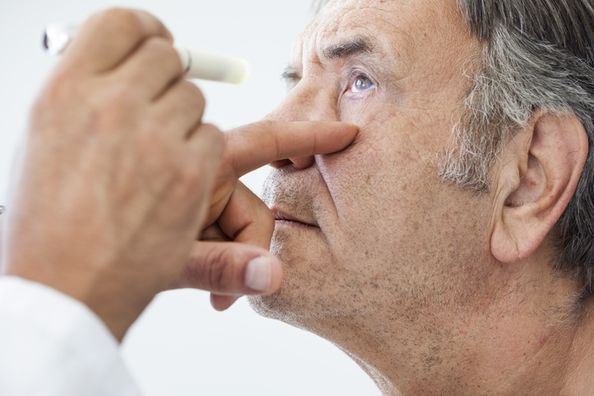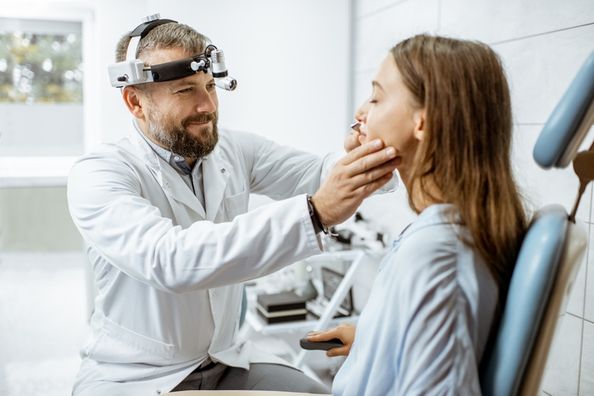
Innovation in Cardiac Imaging
Advanced cardiac imaging is the foundation for discovering accurate and early diagnosis. Through precise imaging, cardiologists are able to identify your heart condition and create an effective treatment plan for your diagnosis. The following imaging techniques have become some of the most effective methods for identifying heart disease.









